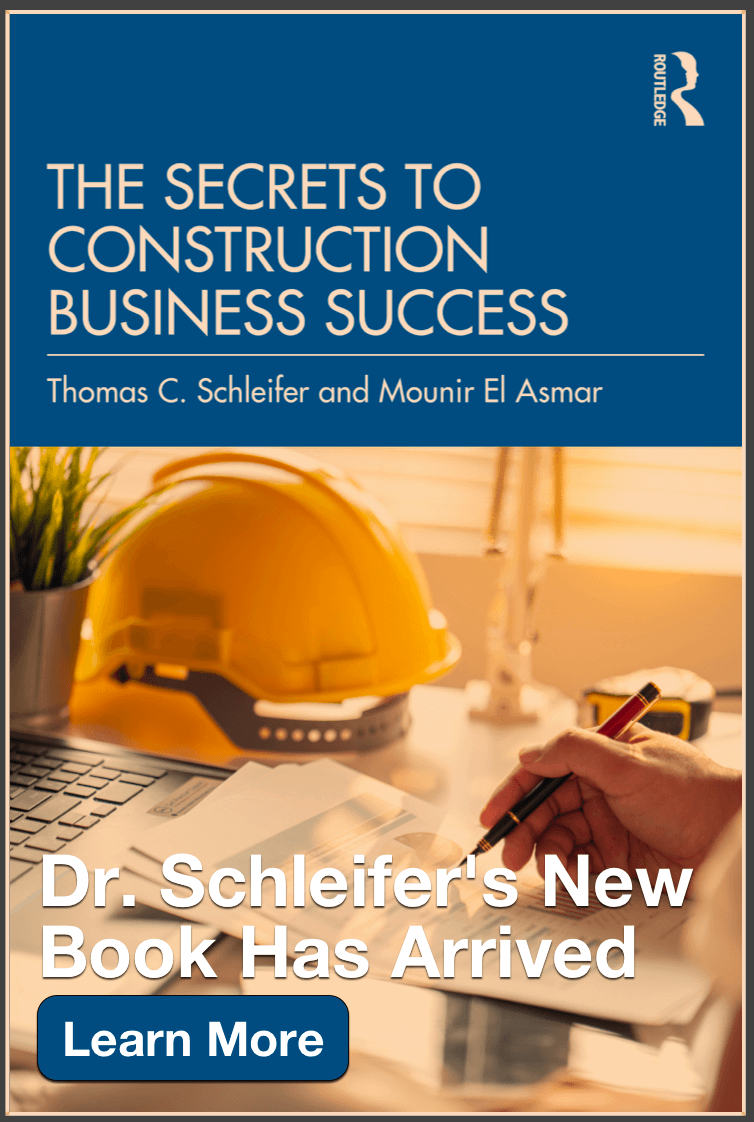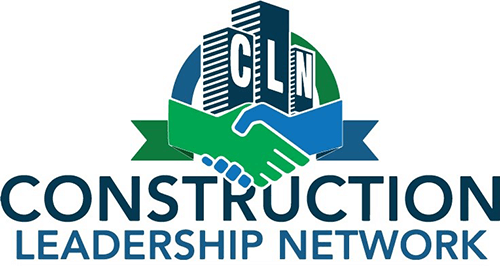11th Weekly Crisis-era Message to Contractors from: Dr Tom Schleifer
The Ripple Effect of this Economic Disruption
Sending employees home from work, limiting the size of business and social gatherings and wearing protective masks has a lot of people wondering about life in the future. What will education and school be like? Will future graduates see the world anywhere near the way we do? Coronavirus has slammed the world economy forcing entire countries to close their borders, impacting US industrial supply chains and global economic activity that fuel economies across the globe. The pandemic has brought the travel, hospitality, entertainment, oil, auto, commercial real estate and sports industries to their knees. There are still people talking about a rapid recovery or the new optimistic term “V-shaped rebound” at the same time as others debate whether or not to open grammar schools, high schools or colleges to face-to-face learning in the Fall or places of worship to more than a mask-armored few. Restaurants are opening, but only for those brave enough to make their way to the location pushing through those refusing to wear masks or to participate in social-distancing, and then dine in a space where everyone has to remove their masks to eat.
This is what is already happening and, in turn, causing a ripple that may have a long tail slowing commercial activities that are now indirectly being impacted by the pandemic:
- Employees of parking facilities are out of work
- Auto mechanics and dealers have little to do
- Uber and Lyft drivers find hardly anyone needing a ride
- Many health care workers not directly involved with infectious diseases or emergencies are out of work
- Retail establishments are opening to few people able to or willing to spend
- Rail, bus and taxi services have almost no one to transport
- Many will not let people into their homes to provide services
- Cars and tires are not selling because fewer people are adding any mileage to their vehicles
- Just to mention a few. The list goes on and on.
Now begins the initial efforts of getting back to work. Getting the economy moving again. However, some of the lost jobs are not needed, mainly because those out of work can’t spend enough to keep establishments open, and many of those fearing being out of work feel constrained. Potential consumer spending fits into two categories: those who have little to spend and those who can spend but with so much uncertainty refuse to or limit spending.
Considering all of this, it is not much of a leap to suggest that it may take some time for this economic recovery to gain much traction; and there is little to encourage optimism that, when it does, it will just sprint back to health. Municipalities and states are destined to go deeper into the hole until spending increases enough to generate the tax dollars they need to crawl out of the red. Industry relies on consumers and businesses to purchase its goods and services and will continue to suffer losses until spending rebounds. It is reasonable to say that small and mid-size businesses, a big part of the economic engine that drives the economy, will profit little during this laborious and protracted recovery effort. It appears that the newly minted phrase “V-shaped rebound” was overly optimistic leaving us with a slow or, at best, a moderately paced recovery. The goal we are looking for is savings accounts beginning to grow, restaurants full again and airports occupied. In the meantime, the construction market will continue to decline, finally level out, and eventually begin to recover. It will follow the US economy which may have trouble regaining its vitality and endurance. Backlog for 2021 is evaporating as we speak, and our design partners are not pushing out a lot of work for 2021 and beyond. AIA reporting that April architect billings and inquiries were at record lows says it all.
It has never happened before, and I cannot conceive of a circumstance where the construction market would “lead” the economy instead of lagging it. Therefore, the construction market will follow this slow to moderate recovery parade wherever it goes. How deep? My hope is that the construction market decline will not be worse that the 2009-2012 recession, but that may be optimistic. Prudence suggests that you make your best estimate as to how deep you believe it will go and downsize your operation to cooperate with a market that is heading in the wrong direction. How long? At this point it really doesn’t matter because it will clearly be longer than the six-month threshold described in the fourth weekly crisis message to contractors. Six months is a limit after which very few construction enterprises can afford to carry excess overhead for much longer.
There are options: (1) Wait and see. (2) Make easy to moderate cuts in your cost of doing business, like cutting any nonessential costs you can find and laying off anyone not aggressively carrying their weight. You can then make additional cuts when needed. Or (3) Do the exercise recommended in the tenth crisis-era message utilizing whatever information you have, estimate the average of the best and worst-case scenarios for your business in your particular market and make the cuts all at once–cooperating with the projected market, and operating at lower volume but at a PROFIT.
What about stimulus funding and the possibility of stimulus funding for the construction industry? Current stimulus funding may be keeping food on the table but it is certainly not fueling an economic recovery. You will need to make your own decision about the potential for a stimulus rescue of the construction industry but please understand that is another “wait-and-see” proposition. If it is anything like the federal construction industry stimulus program during the 2009-2012 recession there will be a lot of talk about “shovel-ready projects”and perhaps some funding–too little-too late. Wondering when Congress may get around to construction stimulus or get around to funding our huge infrastructure needs, and then when that will generate some new work might be an interesting exercise, but it is not a reasonable strategy. The research-verified six-month limit excludes this as a viable option and the only way to grab this straw is to wait and see. Time is not on our side.


